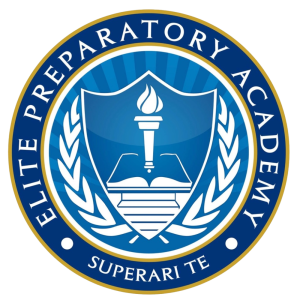UNIT 5: Torque and Rotational Dynamics
Section outline
-
Developing Understanding of Rotational Motion
Unit 5 builds upon the concepts of force and linear motion introduced in Unit 2, guiding students into the rotational counterparts: torque and rotational motion. Though these topics add complexity, students continue to utilize the analytic tools established in the earlier units of AP Physics C: Mechanics. The initial four units provide a strong foundation for succeeding in Units 5 and 6.
Connecting Linear and Rotational Concepts
As students encounter torque and rotational motion, they will discover new ways to model forces. Throughout Units 5 and 6, students are encouraged to compare and link their knowledge of linear and rotational motion, dynamics, energy, and momentum. This approach supports the development of comprehensive models for evaluating various physical phenomena.
Building Science Practices
• Practice 2.A, 2.C, 2.D, 3.B: In Unit 5, students face both new and familiar equations. They are expected to derive new expressions (2.A), use these to compare physical quantities across scenarios (2.C), make claims (3.B), and justify or predict variable values using functional dependence (2.D). For example, if the force on a system is doubled, students might be asked to predict the resulting torque.
• Predicting changes in quantities based on functional dependence can be challenging, so students benefit from repeated practice with these mathematical concepts. These skills are essential for both the multiple-choice and free-response sections of the AP Physics C: Mechanics Exam.Preparing for the AP Exam
Students' ability to analyze functional relationships is assessed through the fourth free-response question—the Qualitative/Quantitative Translation (QQT) question—as well as multiple-choice items. Students must be able to identify functional dependencies, work with them, and predict new values when variables change. Explaining phenomena using evidence from functional relationships is also required. For students who find the mathematics challenging, scaffolded instruction can help them move from basic calculations to understanding how one variable's change affects another within related equations.
-
5.1.A Describe the rotation of a system with respect to time using angular displacement, angular velocity, and angular acceleration.
-
5.2.A Describe the linear motion of a point on a rotating rigid system that corresponds to the rotational motion of that point, and vice versa.
-
5.3.A Identify the torques exerted on a rigid system.
5.3.B Describe the torques exerted on a rigid system.
-
5.4.A Describe the rotational inertia of a rigid system relative to a given axis of rotation.
5.4.B Describe the rotational inertia of a rigid system rotating about an axis that does not pass through the system’s center of mass.
-
5.5.A Describe the conditions under which a system’s angular velocity remains constant.
-
5.6.A Describe the conditions under which a system’s angular velocity changes.
-
